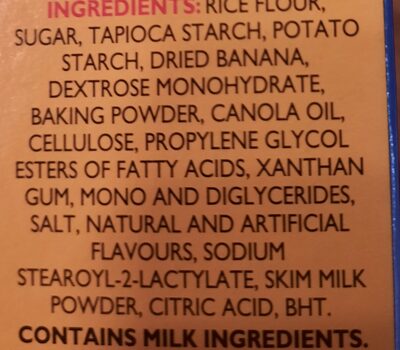Robin Hood - 396 g
This product page is not complete. You can help to complete it by editing it and adding more data from the photos we have, or by taking more photos using the app for Android or iPhone/iPad. Thank you!
×
Barcode: 0051500929476 (EAN / EAN-13) 051500929476 (UPC / UPC-A)
Quantity: 396 g
Packaging: fr:Boîte de carton
Brands: Robin Hood
Categories: Plant-based foods and beverages, Plant-based foods, Cereals and potatoes, Cereals and their products, Flours, Cereal flours, Meslin flours
Labels, certifications, awards: No gluten
Countries where sold: Canada
Matching with your preferences
Environment
Packaging
Transportation
Report a problem
Data sources
Product added on by kiliweb
Last edit of product page on by norm39.
Product page also edited by inf, roboto-app, yuka.U0pJeUdaazduc2dZaXMwRXhTbkorczRsM2EyNEFWeVpLK000SVE9PQ.
If the data is incomplete or incorrect, you can complete or correct it by editing this page.







